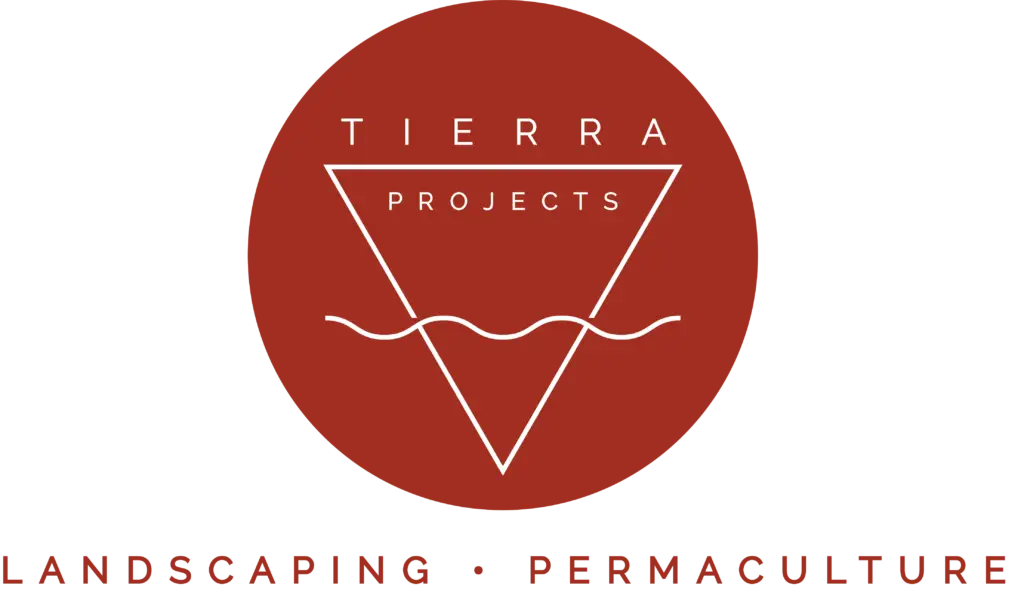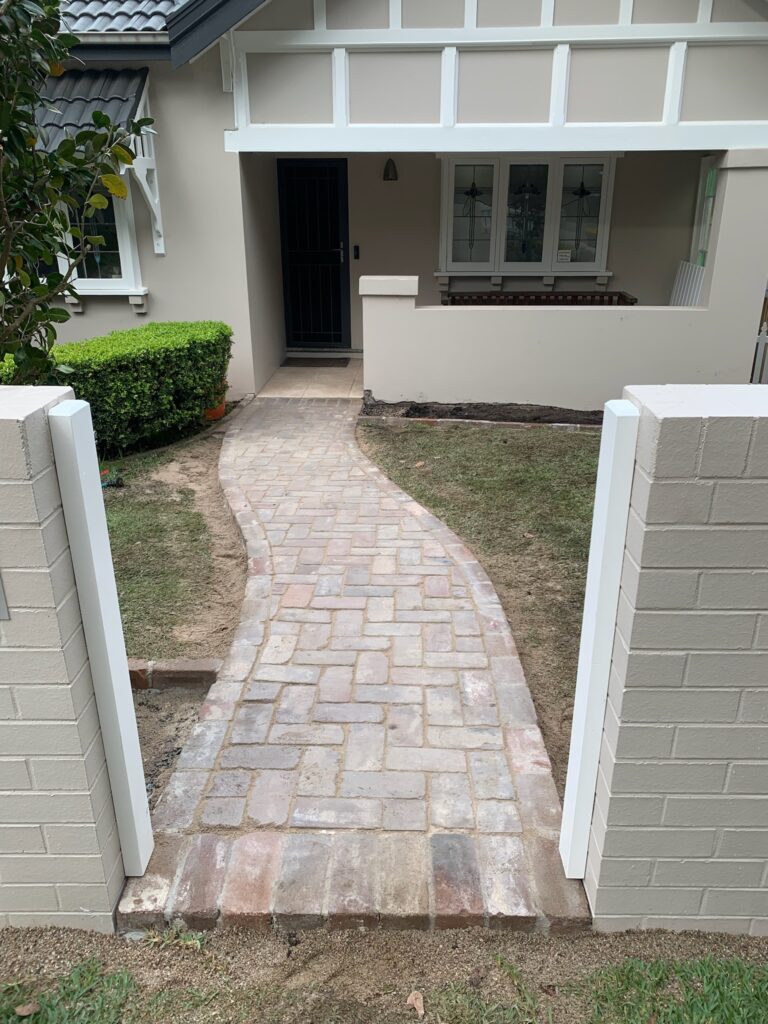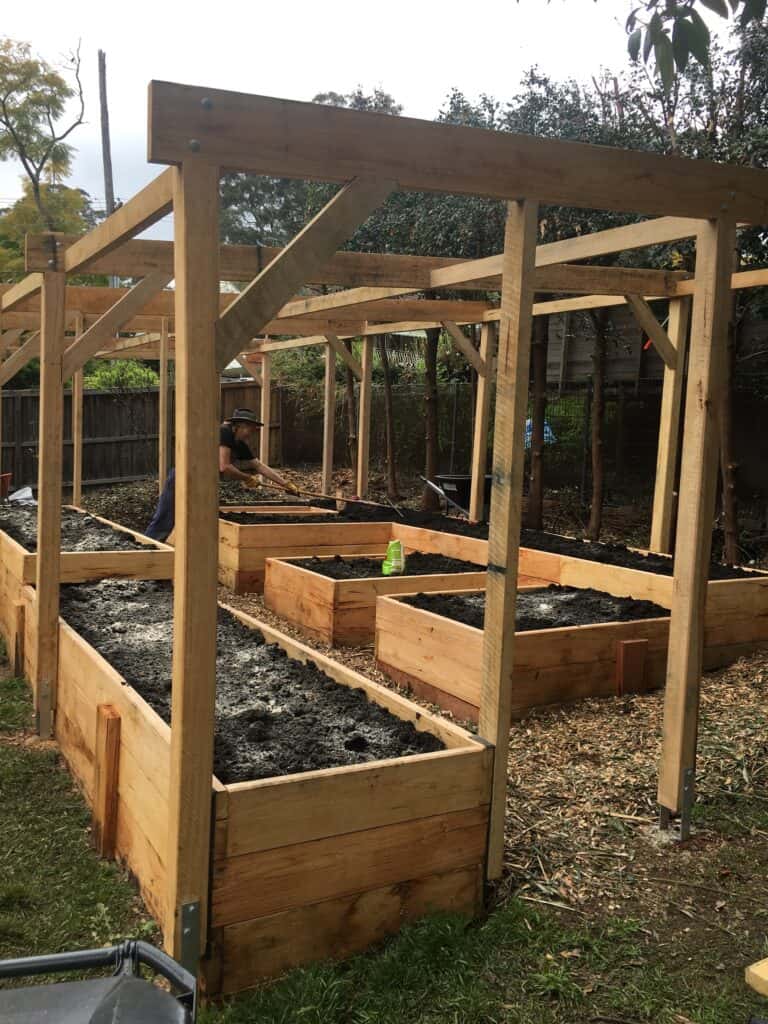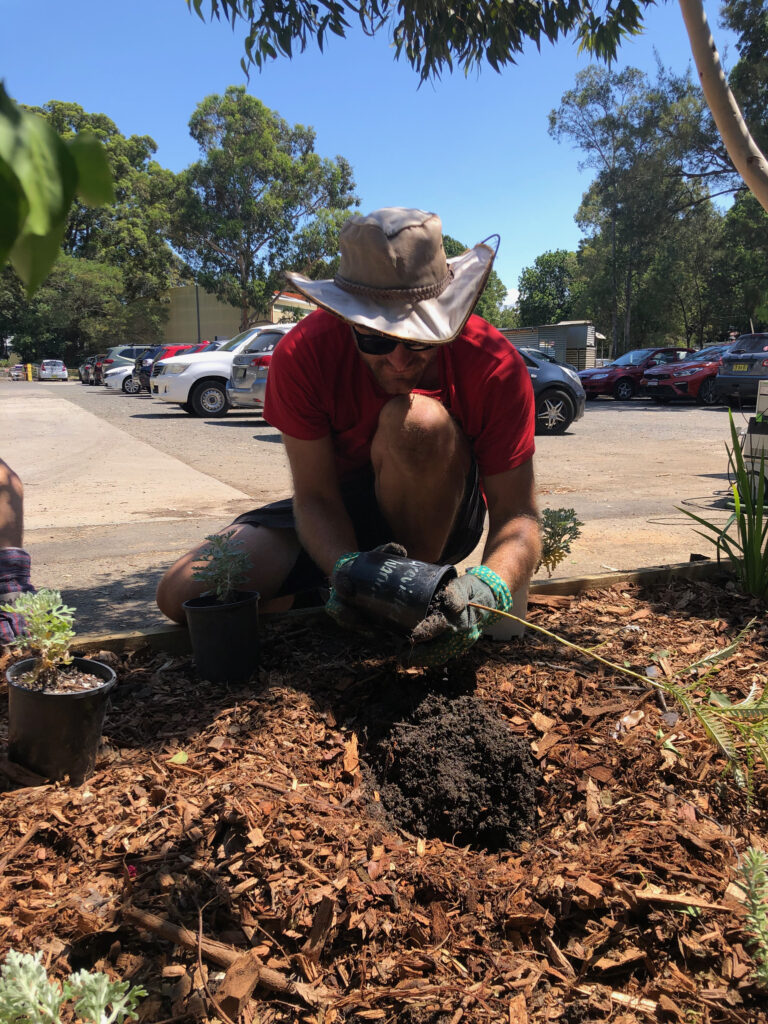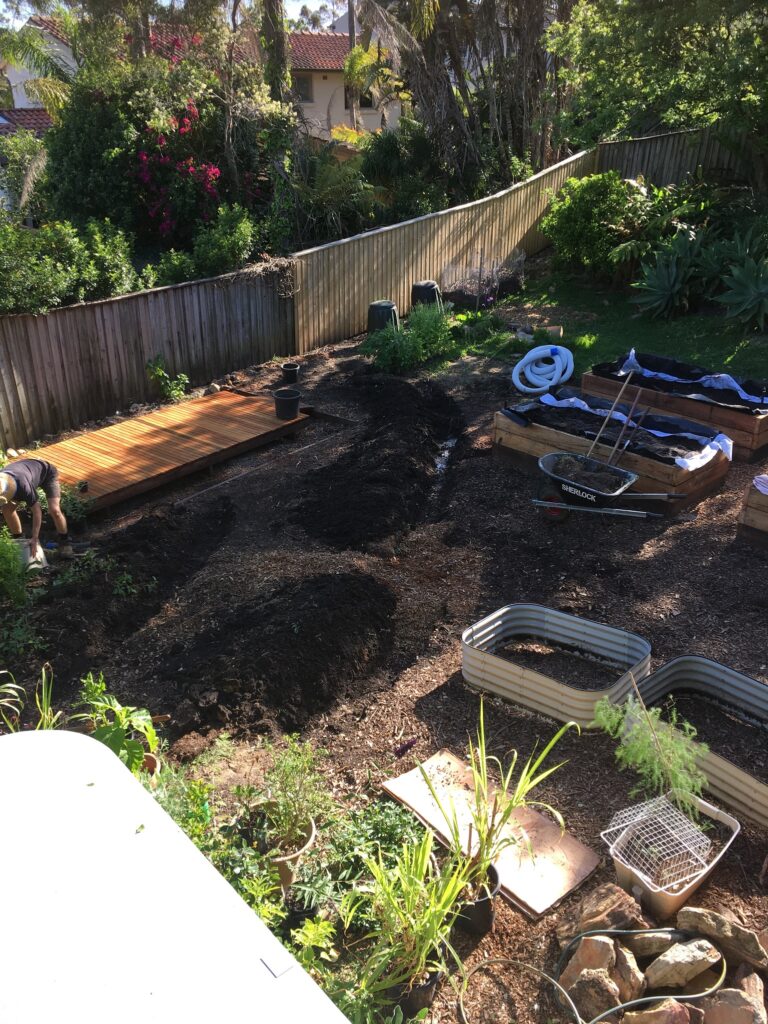Imagine stepping into your backyard and harvesting fresh fruit, herbs, and vegetables grown in a lush, layered ecosystem that pretty much looks after itself. That’s the beauty of a food forest.
At Tierra Projects, we believe that your garden should do more than look good — it should nourish you, support biodiversity, and regenerate the environment. Whether you’re starting from scratch or transforming an existing space, edible landscaping is a practical and rewarding way to grow food while keeping things low-maintenance and eco-conscious.
Here’s everything you need to know to start your own edible oasis right here in Sydney.
What Is a Food Forest?
A food forest is essentially a self-sustaining, edible ecosystem. It mimics the structure of a natural forest, where layers of plants work together to build soil, capture water, and feed each other — and you.
In forest gardening, each layer plays a role:
- Canopy Layer: This is where the big players live — fruit and nut trees like lemon, mango, avocado, macadamia, mulberry, and pomegranate.
- Understorey Trees & Shrubs: Think rosemary, perennial basil, lemon verbena, vetiver grass, and even sugarcane.
- Herbaceous Plants: These are your borage, comfrey, dill, fennel, and cape gooseberry — working hard to attract pollinators and build soil health.
- Ground Covers: Low-growers like nasturtium, mint, oregano, thyme, chives, and warrigal greens suppress weeds, hold moisture in the soil and add a fresh tasty flavour to your cooking.
- Root Layer: This is where you’ll find sweet potato, ginger, turmeric, cassava, and potatoes, feeding both you and the soil.
- Vines: Vertical growers like passionfruit, grapes, choko, pumpkin, and climbing beans climb trees, fences or trellises to maximise space.
One of the key techniques in food forestry is chop-and-drop mulching — cutting back fast-growing support plants and dropping them in place to break down and feed the soil. This “in situ” mulch is how food forests keep things low-maintenance and nutrient-rich.
Why Choose Edible Landscaping?
Whether you’re aiming for full self-sufficiency or just want to grow a few things to complement your meals, edible landscaping has a stack of benefits:
- Nutritious, Organic Food – Growing your own food means full control — no synthetic fertilisers, no pesticides, just fresh, real food packed with nutrients.
- Sustainable Gardening – Food forests are designed to be closed-loop systems. When managed well, they recycle nutrients, build soil, and require minimal inputs over time. Say goodbye to bags of synthetic fertiliser and chemical sprays.
- Biodiversity & Ecosystem Support – Edible gardens are buzzing with life. They attract bees, butterflies, beneficial insects, and birds — all of which play a role in keeping your garden healthy. More diversity means more resilience.
How to Start Your Own Edible Garden
Starting an edible garden doesn’t need to be overwhelming. With the right planning and plant choices, your garden can thrive in Sydney’s warm temperate/subtropical climate.
- Choose the Right Plants – Start with a mix of reliable fruit trees, perennials, and herbs that suit your climate and soil. Refer to the plant list above for ideas tailored to Sydney.
- Think in Layers – Space your fruit trees according to their mature size and ensure you leave room for netting if needed. Beneath them, add in understorey shrubs, support plants, and ground covers.
- Use Microclimates to Your Advantage – Observe how sunlight, shade, and wind move through your garden. These microclimates can help you place plants where they’ll thrive — like putting ginger in a moist, shady spot or passionfruit on a warm, sunny trellis.
- Design for Access – Leave paths and open areas to reach trees and plants for harvesting, pruning, and mulching. You’ll thank yourself later.
Managing Your Edible Garden
A food forest isn’t a “set and forget” system — it needs some love to stay balanced and productive.
- Chop & Drop: Regularly prune support plants like comfrey, vetiver, or bana grass, and lay them down as mulch.
- Harvest Seasonally: Pick fruits and vegetables when they’re ripe and replant or reseed as needed.
- Add Organic Matter: Replanting time is a perfect opportunity to mix in homemade compost or soil amendments to boost the system and keep it thriving.
Final Thoughts
Food forests and edible landscaping are about more than just growing food — they’re about building resilience, restoring balance, and reconnecting with nature. Whether you’re adding a few herbs under your citrus trees or planning a full-scale edible ecosystem, every step counts.
At Tierra Projects, we help Sydney homeowners design and grow thriving edible gardens tailored to their space and lifestyle. From permaculture-inspired layouts to ongoing support, we’re here to make sustainable gardening practical, beautiful, and accessible.
Ready to Grow Your Own Food Forest?
Let’s turn your outdoor space into a productive, low-maintenance ecosystem. Contact Tierra Projects today for tailored advice and edible landscaping solutions or request a quote to get started on your food forest journey.
